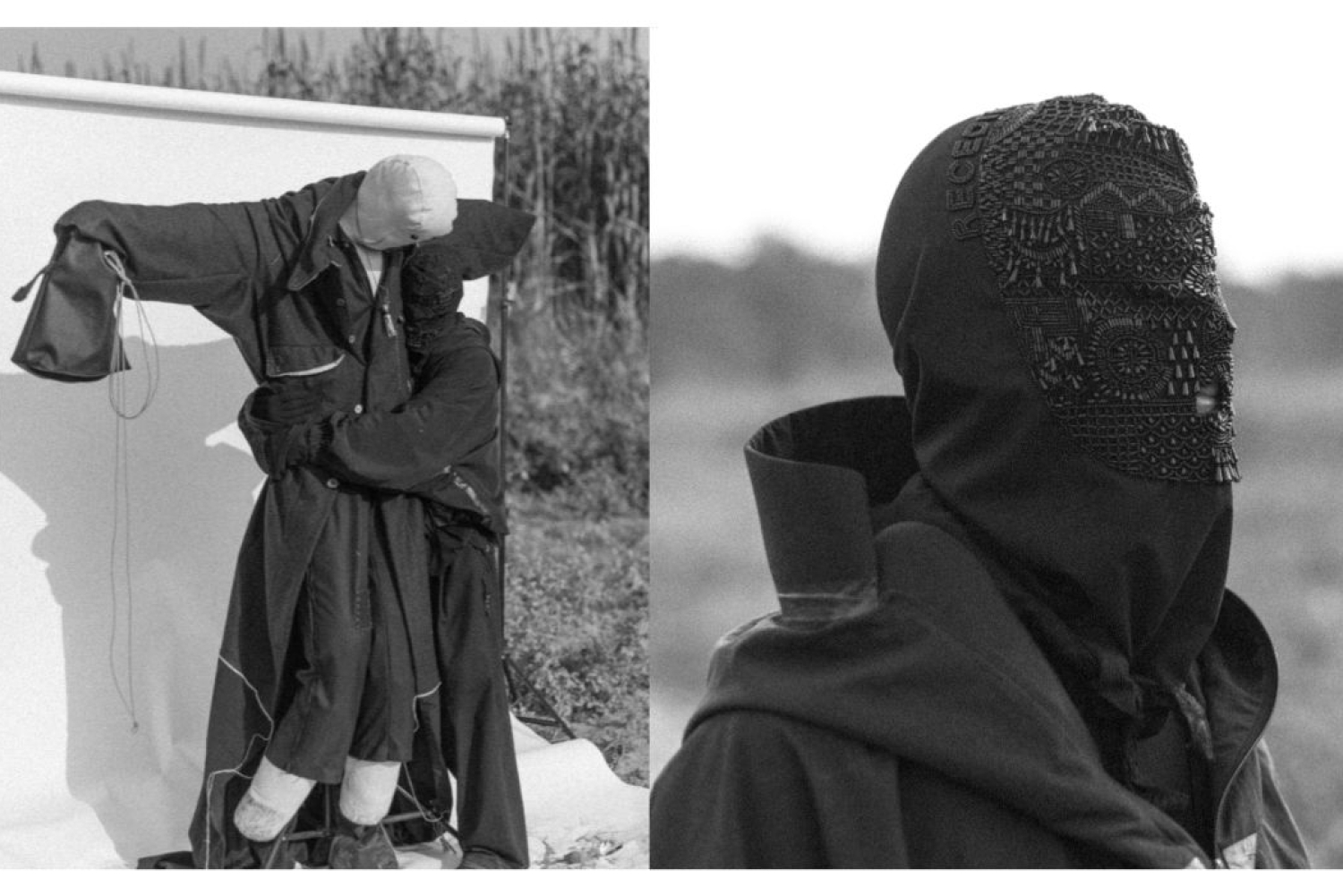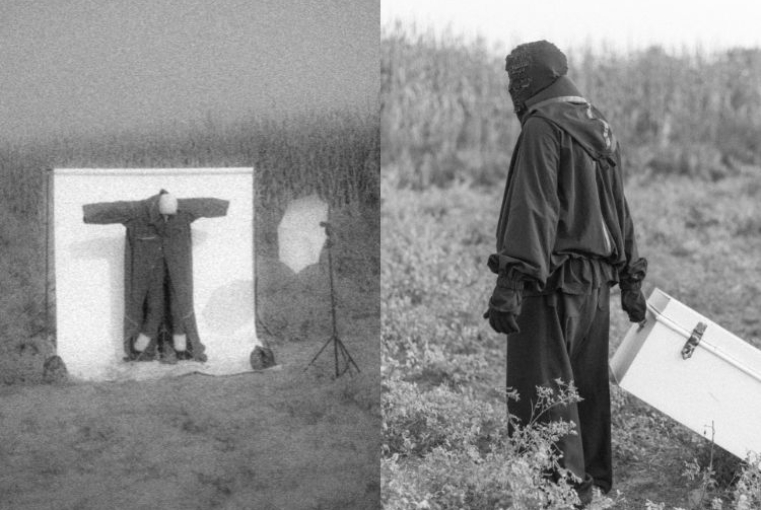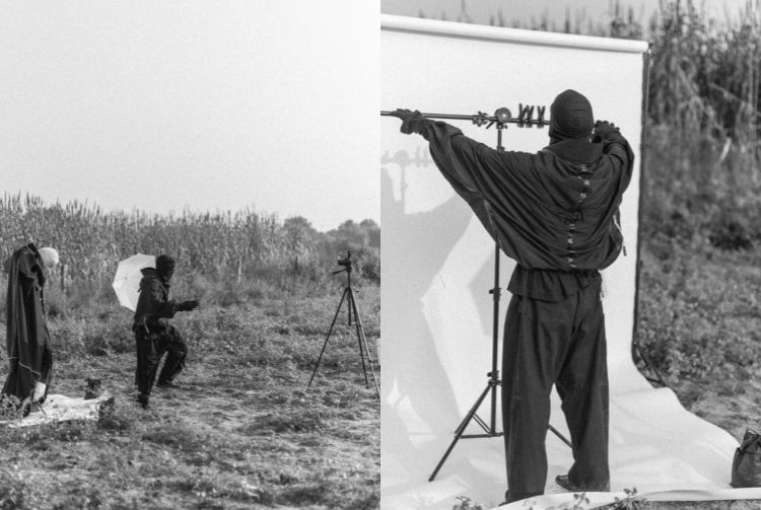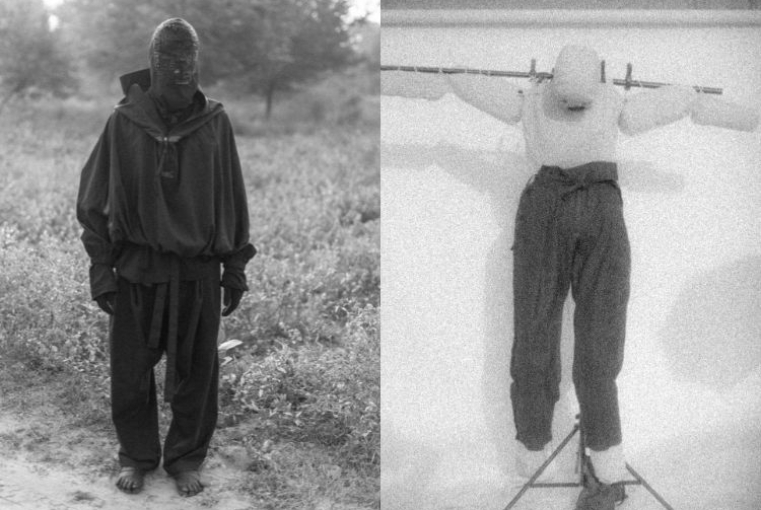
Photos by Farheen Fatima

Photos by Farheen Fatima
GARUDA believes that most people take the power that garments have in our daily lives for granted, as a result of how often we use them. Even birth and death are marked by the wrapping of cloth, and they believe that such frequent interaction causes us to see garments as ‘clothes’ as opposed to a ’product’. They also aim to approach garments as a living architecture that moves with your body - like any building, it is an inanimate object that surrounds and protects us. We’re in conversation with Head Designer Suhail Sahrawat about the ethos of GARUDA and its ideas of clothing.
Let’s start at the beginning. What was the first idea that sparked GARUDA into being?
Mostly dissatisfaction. I had been into clothing for a while, spending the money from my summer jobs and paper delivery gigs on sneakers and supreme. By the time I was 21, I'd dabbled in every brand from Ralph to Rick. I realised I was never able to stick to one because I had one issue or another with all of them, so I tried to make a brand that has as few issues as possible. A brand that could offer shape and drape without compromising on function, and the fundamental idea that clothes are a product that should facilitate and ease daily life.
The name of your brand carries a lot of cultural significance. Why did you choose this name and what does it mean in the context of fashion?
I don't subscribe to the ‘let's make an Instagram page first and then figure it all out later’ way of doing things. I had completed my entire sampling and production run for the brand in 2015, and the day came when I realised I had to send invites for the presentation, and subsequently lock in a name. I looked around my house and decided to go with GARUDA. My dad’s battalion in the Indian army was the ‘First Guards’ and their logo was the Garuda eagle. So, I grew up with trophies and other memorabilia of this mythical bird around me my entire life. In truth, it was a last-minute decision. The clothes have and always will come first. Even today, the product doesn't feature the name of the brand anywhere.

You say you aim to approach clothing as ‘living architecture that moves with your body'. Tell us more about this philosophy.
Clothing is something you interact with so often, from the day you’re born to the day you die. So much so that at some point, we forget it's a product and begin thinking of it as ‘clothes’. Our goal is simple, we treat it as what it is, a product designed to protect your body. Similar to architecture; one is attached to the earth and one moves with your body. Think about it.
Tell us a little about the fabric you use.
We use a variety of fabrics, and since we are thinking about this from a product design stand point, we approach it two different ways. Sometimes we see a fabric and think ‘what can we do with this’. Other times we have a design in mind and think ‘what fabric would we need for this’. It really is that simple.

What is the work you do with local artisans? How do you strike a balance between the traditional and contemporary?
We've been running our own private workshop in Panchkula for 8 years. Most of our team has been with us for several years, and we have a strong focus on taking as long as we need to in order to get the product right, which requires fostering an environment based around up-skilling and blunders being part of the process. This increases proficiency. Even our footwear which we outsource, is still made locally, only 20 minutes away from our main studio so that we can have a hands-on approach ensuring the client receives the best.
There are so many new and upcoming indie fashion brands. How does yours stand out?
This is not on our list of concerns. Competition is healthy of course, competition leads to the customer getting a wider range of things to choose from. However, we focus on competing with ourselves. The product we make this month should be better than the product we made last month.

Words Neeraja Srinivasan
Date 24-07-2025